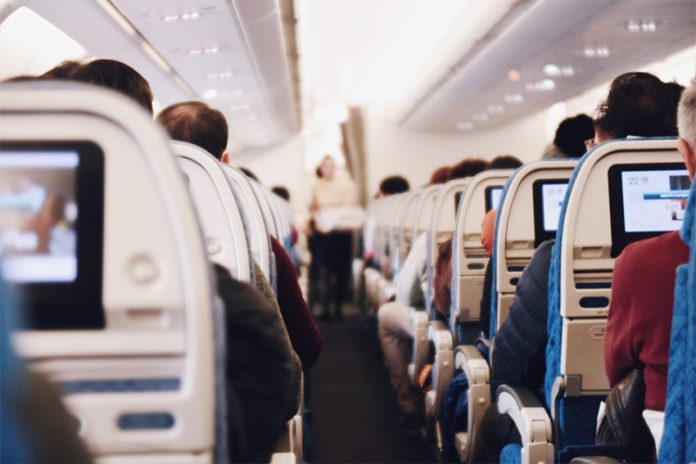Nearshoring, or companies moving operations closer to home, rebooted the arrival of foreign business travelers in 2022 with almost half a million businesspeople entering the country.
According to the Migration Policy Unit of the Ministry of the Interior, from January to November 2022, there were 463,508 business visitors who entered Mexico — a jump of 107% compared to all of 2021 but only half the number of business travelers who arrived in 2019.
In January 2022, 20,559 business travelers arrived in the country. As the year progressed and more companies relocated from Asia to Mexico, the arrival of foreign visitors increased. In November, it amounted to almost 58,000 business travelers.
Monex, a Mexican foreign exchange company, revealed in December 2022 that of all the air traffic coming in and out of Mexico, 21% corresponds to business travel largely fueled by nearshoring. Most of those travelers carried out business in Mexico City; Monterrey, Nuevo León; Cancún, Quintana Roo; Querétaro city, Querétaro; and Guadalajara, Jalisco.
The Mexico City International Airport specifically registered the arrival of 238,715 business travelers in 2022. This figure is 118% higher than that registered in 2021 but still only represents 49% of the business travelers who entered the country throughout all of 2019.
Alejandrina Salcedo, chief economist at the Bank of México (Banxico), said in December 2022 that business tourism had a steeper drop than tourism in general and although business tourism has shown a recovery, it has not yet returned to pre-pandemic levels.
She added that border cities have shown a “greater recovery” that can be associated with business tourism and with nearshoring, which is especially relevant in the northern states.
According to Banxico’s report on regional economies to the third quarter of 2022 — in which it accounts for business tourism based on data from Google Trends and billing — four northern cities have registered higher levels than those reached prior to the pandemic: Chihuahua city and Ciudad Juárez in Chihuahua, followed by Tijuana in Baja California and Hermosillo in Sonora. These cities are export-oriented (Chihuahua is the top exporting Mexican state), specialized in manufacturing production and stand to benefit the most from nearshoring.
The other two cities profiting from nearshoring are Celaya, Guanajuato, and Guadalajara, Jalisco, which specialize in the food and beverage industry, two sectors less affected by the pandemic.
Nearshoring is also expected to boost Mexico’s airports in 2023. On Wednesday, Reuters reported that Mexico’s airports would likely see a boost owing to tourists staying at resorts and an increase in nearshoring.
The country’s top airport operators — Asur, GAP and OMA — recorded passenger growth of more than 20% in December compared to the same month in 2019.
While Asur and GAP were boosted by tourism out of Cancún and Tijuana, the growth of OMA — which manages and operates 13 airports in the Central and Northern region of Mexico — was fueled by business trips.
According to Monex, all three groups are expected to register strong earnings this year, with Asur expecting to grow 38.4%, GAP 37.6% and OMA 34.6%, Monex said.
